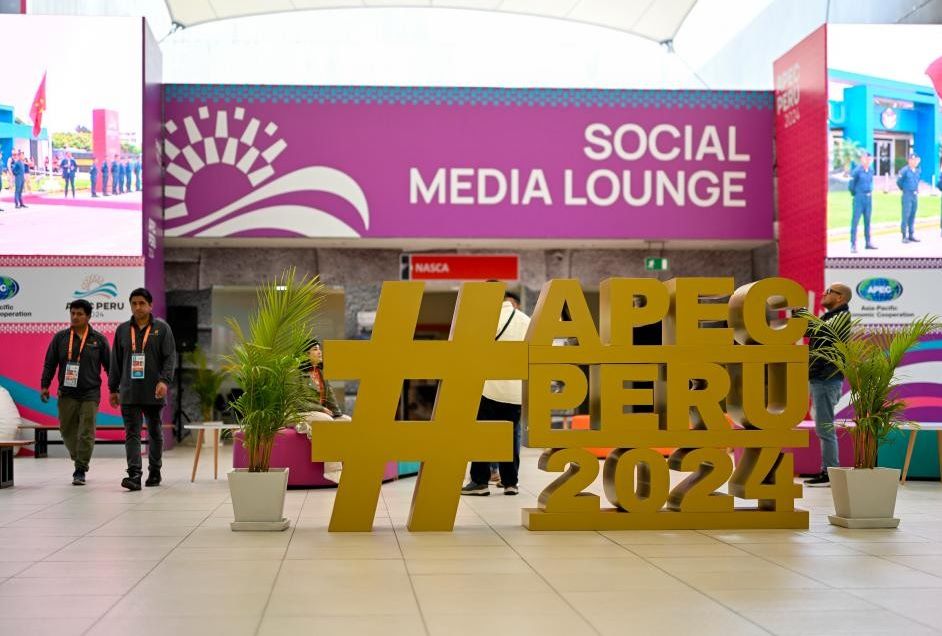
Leaders from the Pacific Rim, including U.S. President Joe Biden and China’s President Xi Jinping, convened in Peru on Friday for the Asia-Pacific Economic Cooperation (APEC) summit, set against a backdrop of global uncertainty and domestic unrest. The meeting marks the first major international summit since Donald Trump’s re-election, casting a shadow over discussions of trade and diplomacy.
The annual gathering unites 21 economies, representing nearly two-thirds of global GDP and half of the world’s trade. This year’s host, Peru, welcomed leaders with a call from President Dina Boluarte to promote inclusive growth and reduce informal labor across APEC nations. “Growth starts with inclusion,” Boluarte said in her opening address, emphasizing citizen empowerment as key to economic progress.
Outgoing U.S. President Joe Biden is using the summit as one of his final opportunities to influence global policy, meeting one-on-one with Xi Jinping, Japan’s Prime Minister Shigeru Ishiba, South Korea’s President Yoon Suk Yeol, and Boluarte herself.
However, analysts predict Biden will be overshadowed by Xi, who inaugurated the $1.3 billion Chancay megaport on Thursday, a project that underscores China’s growing influence in Latin America. The port is expected to transform regional trade by cutting shipping times to China by 10 days, further solidifying economic ties between China and South America.
While global leaders discussed billion-dollar initiatives, frustration brewed outside the summit venue in Lima.
The APEC summit in Peru has become a microcosm of the challenges facing the global economy: the need for inclusive growth, tensions between leading powers, and the growing disconnect between high-level diplomacy and the realities faced by ordinary citizens. As the discussions unfold, the outcomes will be closely watched for their impact on both the Pacific Rim and the broader global order.



I just couldn’t leave your site before suggesting that I actually loved the standard info a person provide on your guests? Is going to be back continuously in order to check up on new posts.